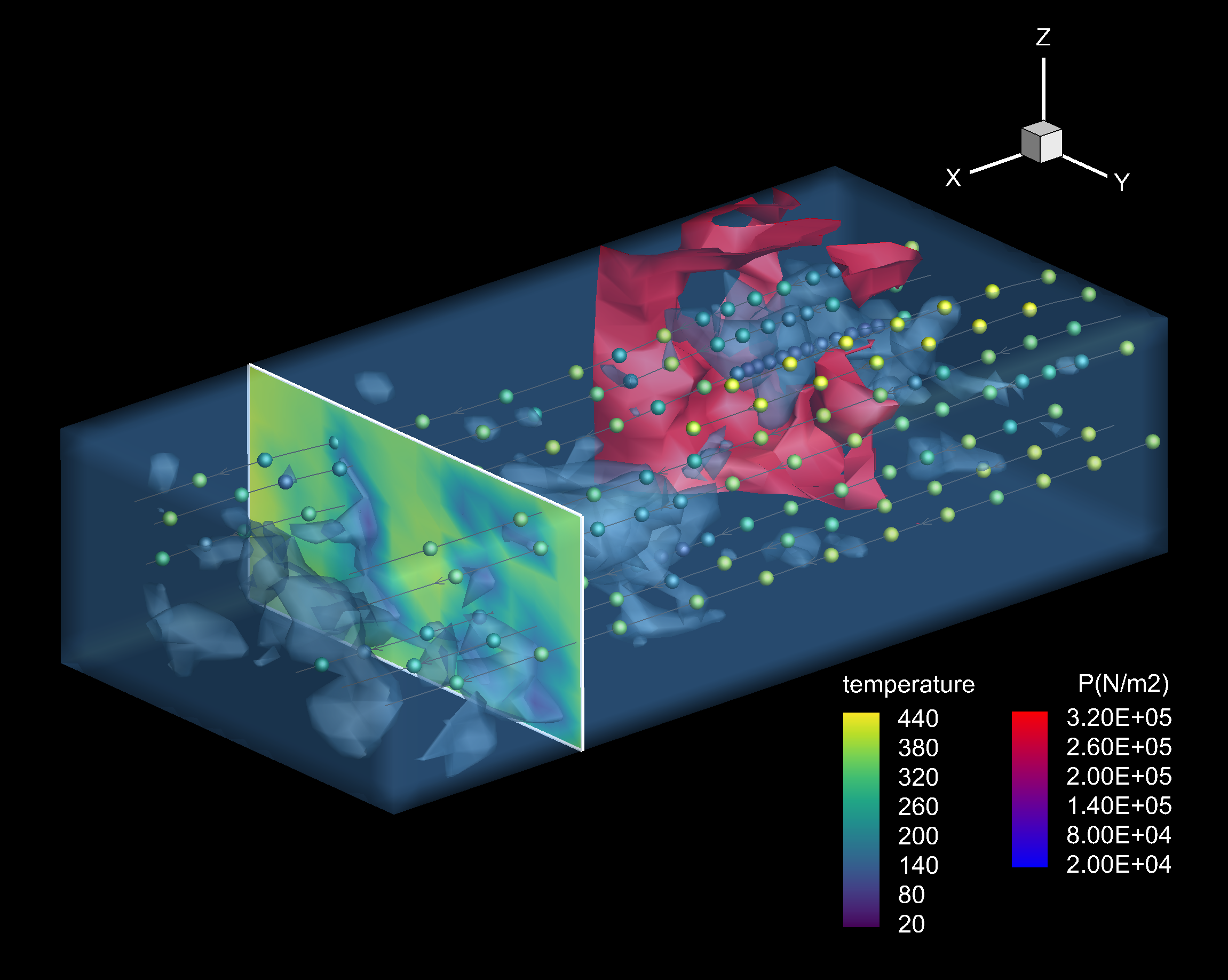
When prominent wave components were present, more complex interconnected vortex ring wakes were observed, while fin movements dominated by flapping resulted in more spatially separated vortex ring patterns. Both flap and wave components were present in all fin motions, but the relative importance of the wave components was higher for arms-first swimming than for tail-first swimming and for slower versus higher speed swimming. Kinematic footage and DDPTV data were collected from brief squid, Lolliguncula brevis, swimming freely in a water tunnel at speeds of 0.39–7.20 DML s −1. For this study, we used proper orthogonal decomposition (POD) to decouple components of the fin motions and defocusing digital particle tracking velocimetry (DDPTV) to quantify the resultant 3D flow fields. The high flexibility of the fins and complex flow fields generated by distinct propulsion systems require innovative techniques for locomotive assessment.


Squid, which swim using a coupled fin/jet system powered by muscular hydrostats, pose unique challenges for the study of locomotion.


 0 kommentar(er)
0 kommentar(er)
